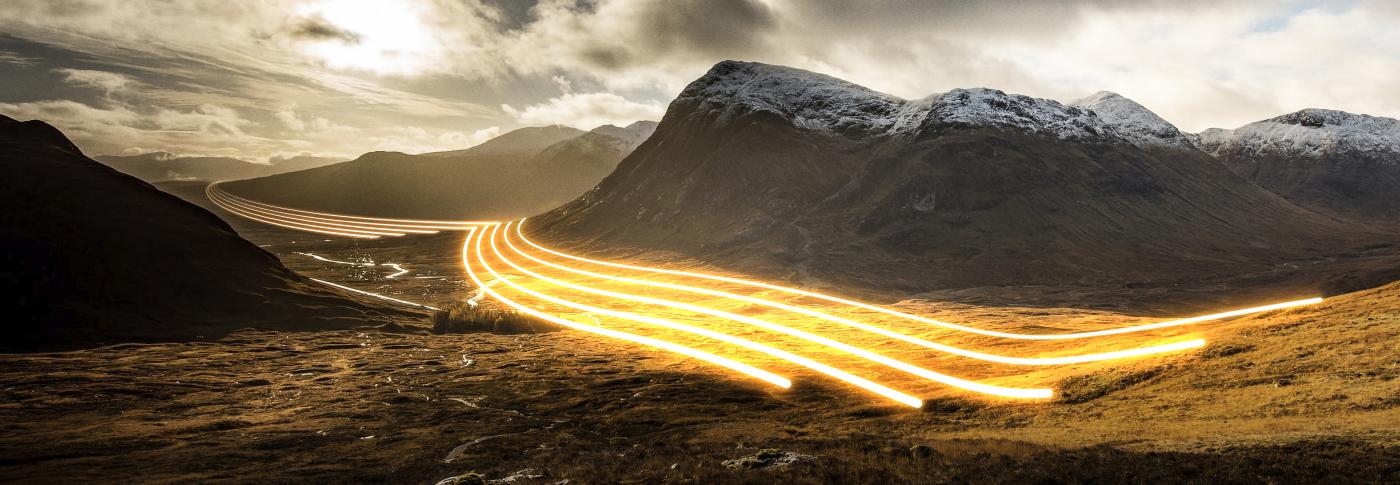
Bridging the Gap to Net Zero - our latest report
3 Mar 2021 - 3 minute read
Over the past six months, we’ve been working with stakeholders across the energy industry to look at some of the key messages from FES 2020 in the second Bridging the Gap project- Peaks and troughs: how markets, technology and data and digitalisation can help meet the new challenges of a decarbonised energy system.
Laura Sandys, independent energy expert and our co-chair of the project, reflects on our discussions with stakeholders and the conclusions we reached together.
Last March we launched our first ever ESO Future Energy Scenarios: Bridging the Gap to Net Zero report. The report gave a collaborative view from across the energy industry on actions needed to progress the UK towards its net zero 2050 target.
This year’s Bridging the Gap aims to grapple with a crucial challenge of system stability, managing the “new peaks and troughs” posed by the decarbonised, net zero compliant energy sector of the future.
We’ve held webinars and workshops to discuss the details of what needs to be done to put ourselves on the path to net zero by 2030.
“Managing peaks and troughs requires coordinated action now to be ready for 2030”
We are not suggesting that we have come up with the solutions, but we have developed key principles for action. These provide options for further discussion and the ESO has made important commitments for the first steps.
The Future Energy Scenarios (FES) show the stride towards full decarbonisation of electricity is only possible if the systems supporting the wind and solar are ready and able.
Changes between now and 2030, such as more electric heating and the large increase in the uptake of electric cars will create a much more complex and interrelated system that needs to continue to be stable and secure.
Operating this is significantly different system will require new considerations, new approaches and new partners.
We’ve looked at how to manage the changing peaks and troughs in the system through three key components – data and digitalisation, technology assets and markets. We believe that it is the accelerated deployment and design of these that will unlock our new system and this project has examined the requirements from each, the route to deployment at scale and some of the barriers.
Most importantly, we have not looked at digital, technology and markets in siloes. Individually they can’t unlock the value we should expect from the new decarbonised energy system. At the heart of our conclusions is that we need to develop solutions combining, blending and integrating these three components recognising that data and digitalisation is the enabler of the technology to access the effective and price responsive markets.
We also highlight that we must take a wider view considering whole system decarbonisation. We must focus not only on energy but understating the interdependency of energy with all sectors like communications, infrastructure, transport and planning.
To succeed as a sector, we need to build greater understanding, and more literacy about the challenge of decarbonisation. At a micro level, technologies need to be smart, WI-FI-enabled (energy ready!) and markets need to be able to react up to the last second. If it can work in the financial markets, why not within the energy markets?
It’s been a series of interesting and insightful discussions and debates over the course of the project and we have been very lucky to have some great experts who have inputted into this process.
We have set out next steps for the ESO and a call to action for industry and regulator.
The challenge now is to stop debating and to take the necessary steps towards net zero.
Read our Bridging The Gap report
